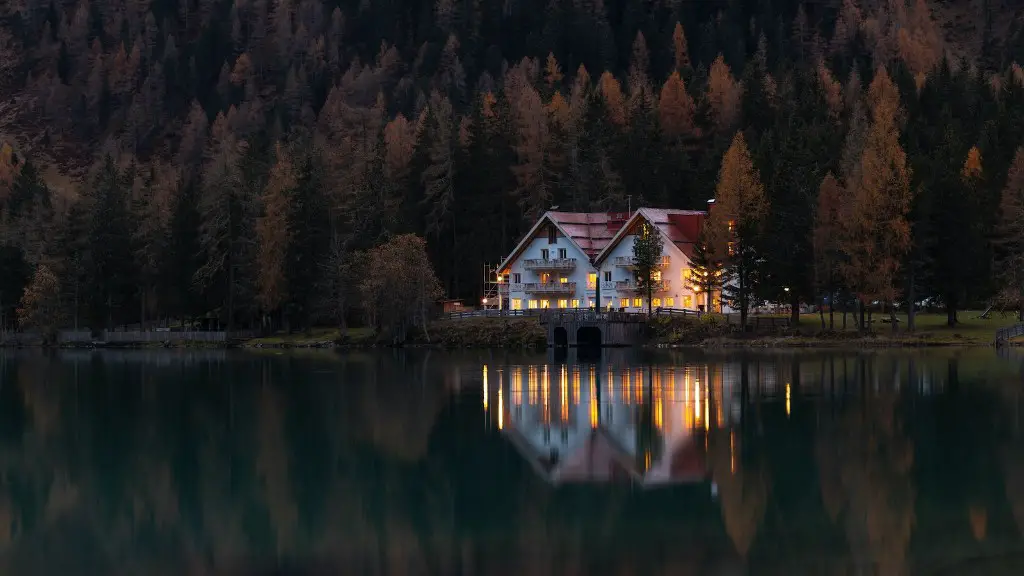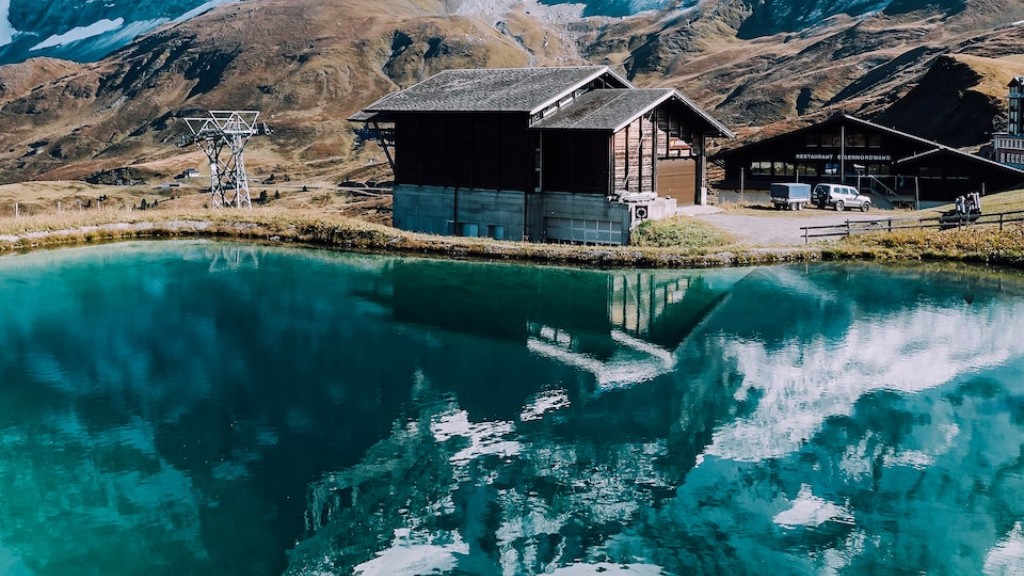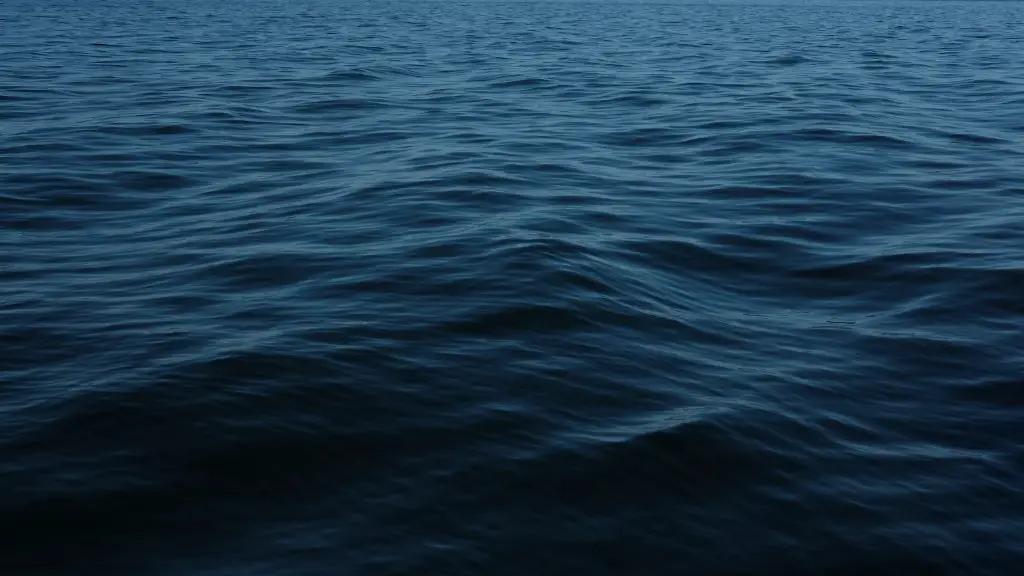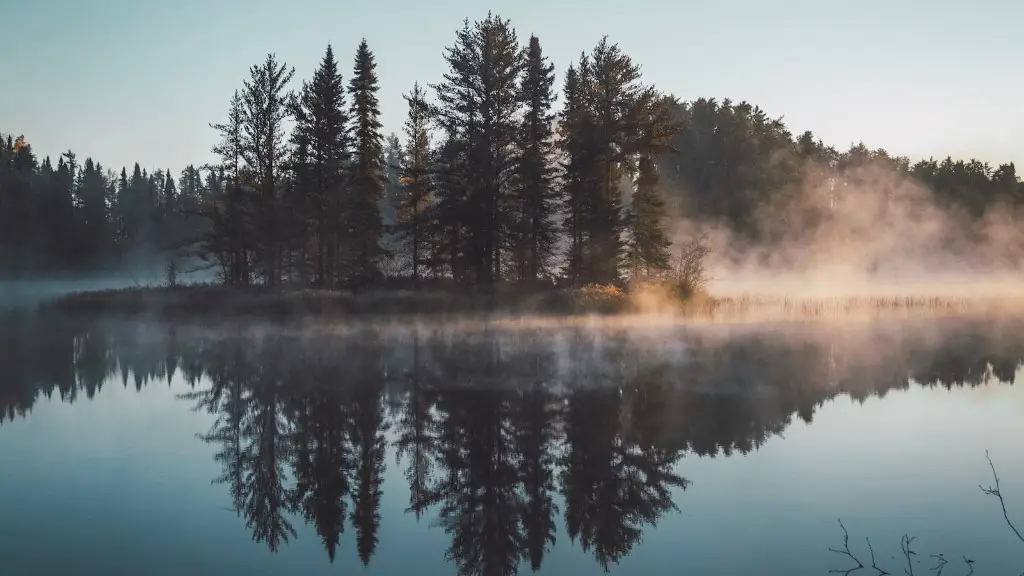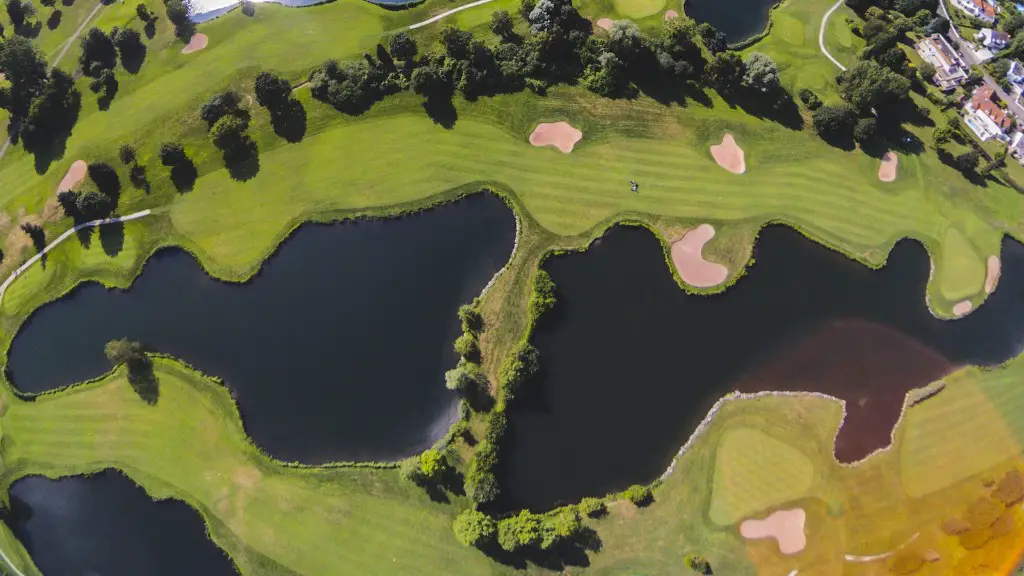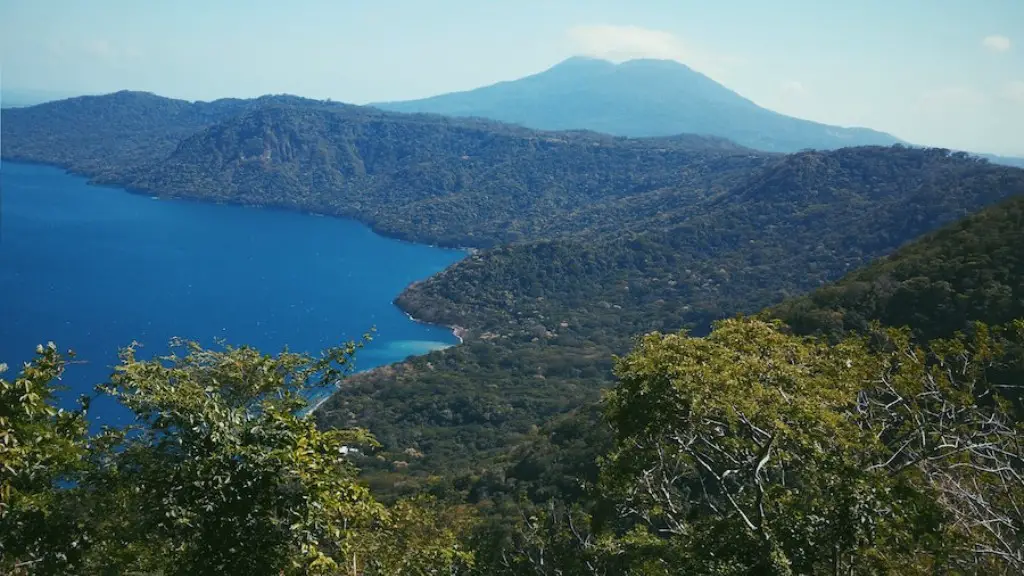Crater Lake is a caldera lake in the western United States, located in south-central Oregon. It is the central feature of Crater Lake National Park and is famous for its deep blue color and water clarity. The lake partly fills a nearly 2,148-foot (655 m)-deep caldera that was formed around 7,700 (± 150) years ago by the collapse of the volcano Mount Mazama following a major eruption.
No, crater lake is not a live volcano.
Does Crater Lake have an active volcano?
The volcano has been active for a long time and is mostly made of andesite and dacite. However, it began erupting rhyodacite about 30,000 years ago and this led to the formation of the caldera.
The long history of volcanism at Mount Mazama, the volcano that houses Crater Lake, suggests that this volcanic center will be active in the future. Future eruptions will likely occur within the caldera and probably beneath the water’s surface. These eruptions could pose a threat to any people or infrastructure located nearby. It is important to monitor the volcano closely and be prepared to evacuate if necessary.
Are Crater Lakes formed in dead volcanoes
A crater lake is a lake that forms in a crater or caldera, such as a maar lake. After an eruption, a large and deep depression remains in that area. Smaller depressions are called craters. This crater eventually gets filled with water and crater lakes are formed.
A stratovolcano, also called a composite volcano, is a cone-shaped volcano built up of many layers of lava flows and pyroclastic deposits. The earlier eruptions of a stratovolcano build up the mountain, while the later eruptions tend to be more explosive. Mount Scott, for example, was built up by earlier eruptions east of Crater Lake. As time went on, newer volcanoes began to grow to the west.
When was the last time Crater Lake exploded?
Crater Lake is a beautiful and serene place that has been undisturbed for centuries. The last known eruption at Crater Lake occurred over 4,800 years ago, and since then, the volcano has remained dormant. This has allowed sediment to accumulate on the lake bottom, creating a stunning natural landscape.
Crater Lake is one of the snowiest places in America, with an average of 43 feet of snow per year. This means that there are only a few months when people can swim at Crater Lake, usually from June through September.
What lives in the bottom of Crater Lake?
It is believed that the colonies of moss and bacteria at the bottom of Crater Lake are able to survive due to the extremely high pressure of the water. This pressure forces nutrients from the surface of the lake down to the bottom, where the colonies are able to access them. The discovery of these organisms has perplexed researchers because it was thought that almost no nutrients were available at the bottom of the lake.
The largest explosions could produce pyroclastic surges, hot, rapidly moving clouds of gas and ash, which could move out a few miles from vents along the margin of the lake. Eruptions in deeper water are less likely to be explosive or affect areas around the rim.
What is the danger in Crater Lake
Volcano hazards are classified as either primary or secondary. Primary hazards are those that are directly related to the volcano, such as lava flows, pyroclastic flows, or volcanic ashfall. Secondary hazards are those that are indirectly related to the volcano, such as mudflows, lahars, or flash floods.
Crater Lake falls into the first category of volcano hazards, which are eruptions within the caldera. Calderas are formed when a large portion of a volcano collapses in on itself, and Crater Lake is no exception. The caldera at Crater Lake is nearly 3,000 feet (900 meters) deep and is surrounded by steep cliffs. If an eruption were to occur, the lava would likely become trapped within the caldera and could potentially fill the lake. This would pose a serious hazard to any nearby communities as the lava would be extremely hot and could easily destroy any structures in its path.
The second category of volcano hazards are those that occur from new vents on the flanks or in the surrounding region. These are commonly known as flank eruptions. Flank eruptions can be just as dangerous as those that occur within the caldera because they can release large amounts of lava, ash, and other
Crater Lake National Park is one of the most popular national parks in the United States. The park is home to the deepest lake in the country, and the water is so clear that it is often compared to distilled water. Because of the popularity of the park, many people try to drink the water from the lake. However, this is not allowed and would conflict with the park’s mission to preserve the lake. The park’s water claim for the lake is for the preservation and protection of all natural habitats and the conservation of scenery. It is not for human consumption.
How did Crater Lake get filled with water?
The water of Crater Lake is derived from rainfall and snowfall. The lake has no inlet and no outlet, except by seepage. Evaporation, seepage, and precipitation are in a state of balance which maintain an approximately constant water level.
Crater Lake is an amazing place! The depths were first explored thoroughly in 1886 by a party from the US Geological Survey and it is still one of the deepest lakes in the world. It is definitely a place worth visiting!
Does anything live in Crater Lake
Crater Lake is home to a diverse range of wildlife, including many different mammals, amphibians, fish and birds. Deer, squirrels and birds are the most common animals that can be seen, but visitors exploring the forests and trails might also encounter elk and bobcats. This makes for a great outdoor experience where you can really get in touch with nature.
Fish stocking in Lake Pend Oreille began in 1888 with the introduction of seven different species of fish. However, only two of those species, kokanee salmon and rainbow trout, thrive today. It is estimated that the lake supports approximately 60,000 kokanee salmon and rainbow trout.
Why is Crater Lake so famous?
Crater Lake is one of the deepest lakes in the United States, and its depths were first explored in 1886 by a group from the US Geological Survey. The Lake is over 1,943 feet deep and is a popular spot for fishing, swimming, and boating.
Although it is winter for eight months of the year in Crater Lake National Park, the crater lake rarely freezes over. There have only been two reports of the lake freezing over. The average annual snowfall in the park is 14 m, or 533 in.
Final Words
No, Crater Lake is not a live volcano.
Although there are no recent eruptions, Crater Lake is still considered a live volcano. There is magma beneath the caldera, and the lake is surrounded by young lava flows.
